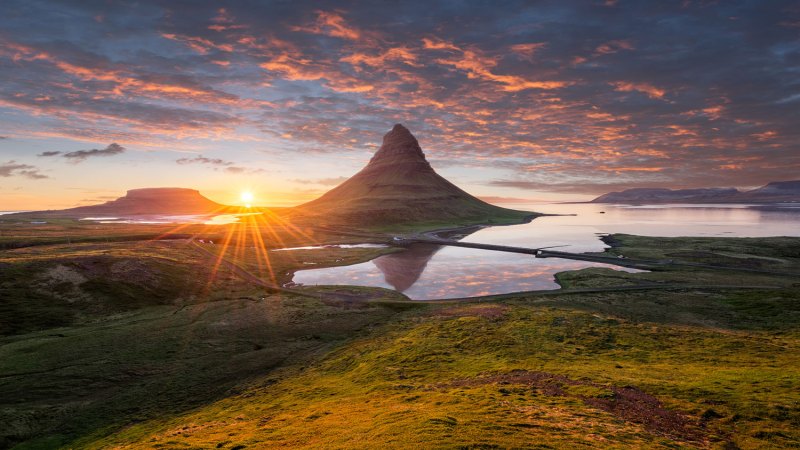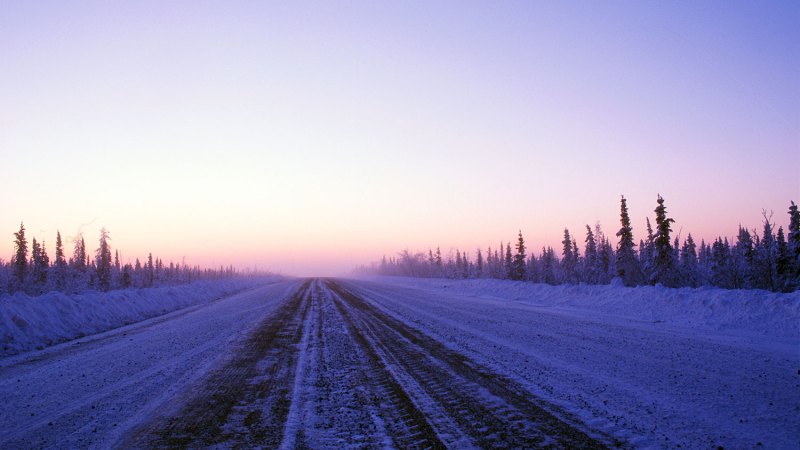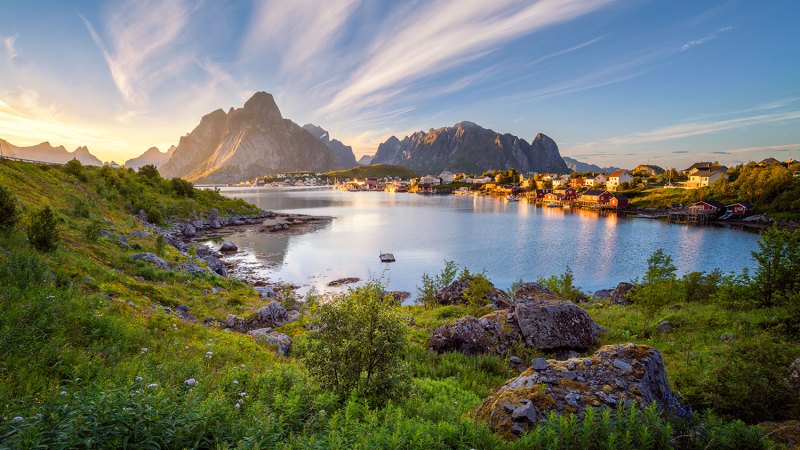The midnight sun. It sounds like the title of a Hemingway novel or a Chuck Norris movie from the ’80s. In actuality, it refers to the phenomenon of being able to see the sun at midnight in either the Arctic or Antarctic Circles.
Most Americans outside of Alaska have never experienced this nighttime phenomenon. If you want to enjoy a holiday where you can legitimately wear sunglasses 24/7, you just need a little bit of planning, a plane ticket, and an adventurous spirit.
In the northern hemisphere, the longest days of the year center around June 21, which means if you’re planning a trip to see the midnight sun, you’ll most likely be traveling in late May through early July. In the Arctic, though the sun may set shortly after midnight (depending on your latitude), it remains light out until the sun rises around 3 a.m.
Here are three great locations in the land of the midnight sun that also offering unrivaled sights throughout the rest of the day.
Iceland

Over the past 10 years, it seems like more and more Americans are visiting Iceland. It’s no mystery why. It’s one of the most beautiful countries on earth and its dramatic landscape features volcanoes, lava fields, geysers, and glaciers. It’s also a great place to head for a midnight sun trip.
We recommend making Reykjavik your home base for exploring Iceland. Famous for its weekend nightlife, it’s only a 2.5-hour drive from Mt. Kirkjufell. This magical place contains otherworldly waterfalls and picturesque views of the setting sun that are sure to amaze. The area is awe-inspiring and makes you wonder if you’re still on your home planet. With wide open fields at the bases of mountains, one could imagine a midnight picnic with some kvöldsól (a regional wine made from summer berries) and ísbúi (a cheese made from the milk of Viking cows) as a great way to cap off a day of exploring.
Inuvik, Northwest Territories, Canada

If you’ve always searched for a way to combine your two loves — relaxing under the midnight sun and Arctic Circle art festivals — we have the answer you’ve been waiting for. Inuvik is a town in the farthest northern reaches of Canada. On average, Inuvik experiences 56 days of continuous sunlight each summer. Freezing temperatures can occur in July and locals can often be heard playing 98.7 The Rush (“Hot Adult Contemporary”) as they cruise past North Mart on their way to the Mad Trapper pub. It’s a scene like no other.
The best time to go is during the Great Northern Arts Festival, which takes place over 10 days in July, during which the midnight sun is in full effect. Between midnights you can attend what has been rated as one of North America’s top 25 arts festivals. With scores of artists, dozens of performers, and hands-on workshops, the fest offers a unique look into a very interesting and remote culture.
Lofoten Islands, Norway

The Norwegian archipelago contains over 50,000 islands in the northern region. The Lofoten Islands, part of this archipelago, lie within the Arctic Circle and are known for dramatic mountain peaks, sheltered bays, and untouched lands. Quite simply, it’s one of the most beautiful and least explored places on Earth.
The beauty of these islands is enhanced by the red cabins that dot the seashores in the foreground of the mountainous views. Days are filled with eagles and nights are filled with beautiful sunsets and shimmering water. Enjoy fishing, hiking, cycling, and kayaking as you relax at the top of the world. After spending an afternoon searching for killer whales, have a fish dinner and head to the beach with a beverage as the sun lights up the sky over the sea.


